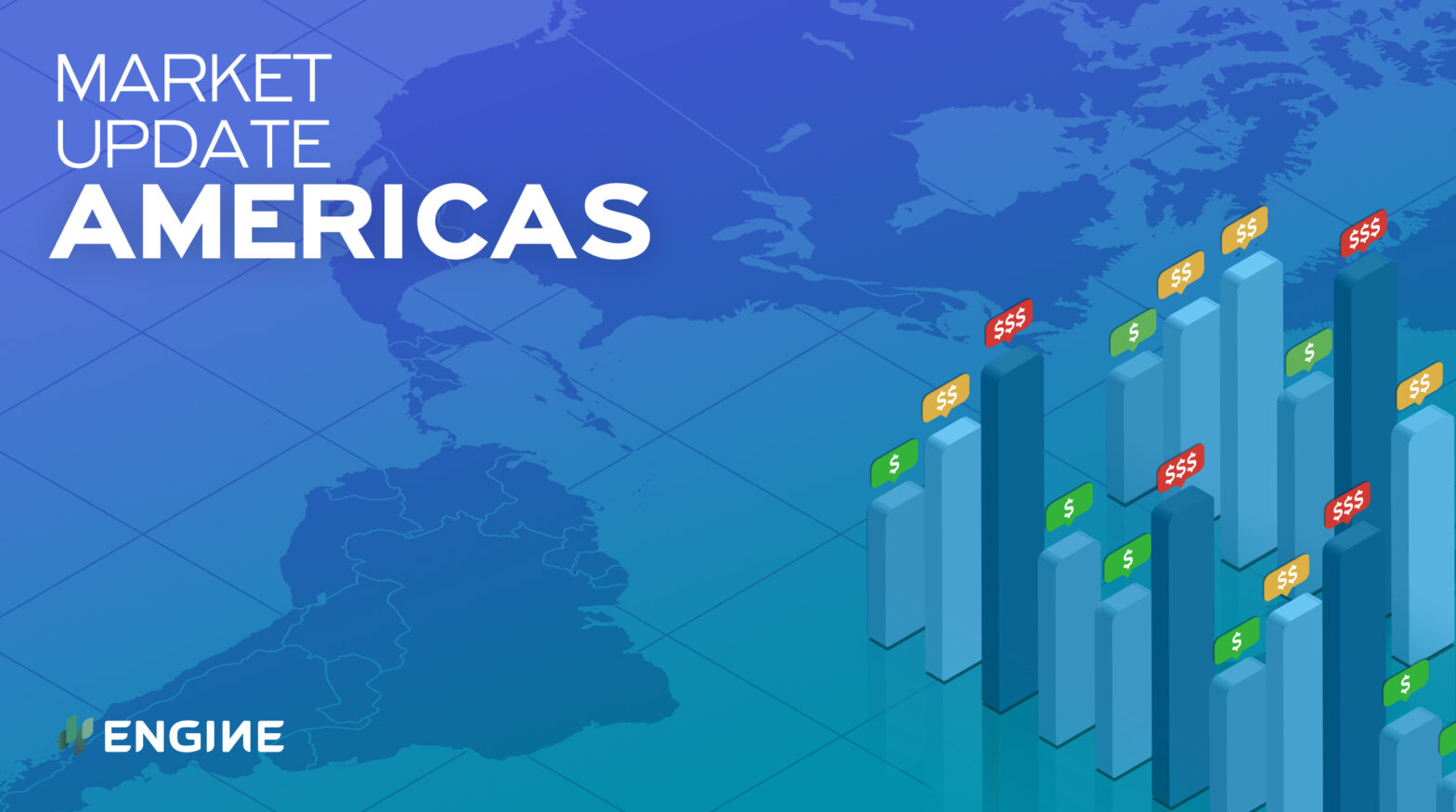Bunker prices have gained on the back of Brent after an indicative US crude stock draw and ahead of the official EIA report release.
Changes on the day to 09.30 CST (14.30 GMT) today:
- VLSFO prices up in Los Angeles ($13/mt), New York ($8/mt) and Balboa and Zona Comun ($7/mt), and down in Houston ($2/mt)
- LSMGO prices up in New York ($14/mt), Los Angeles ($11/mt) and Balboa and Zona Comun ($9/mt), and down in Houston ($1/mt)
- HSFO380 prices up in Los Angeles ($7/mt), Houston and New York ($6/mt) and Balboa ($1/mt)
Houston’s low sulphur bunker prices have inched down under pressure from lower-priced stems, widening its discounts to regional Gulf Coast locations, including $15/mt down to Texas City and $26-34/mt down to Beaumont, New Orleans and the New Orleans Outer Anchorage (NOLA).
A lower-priced stem has weighed on Zona Comun’s VLSFO benchmark and pulled it down to $26-29/mt discounts to Rio Grande and Paranagua, and to parity with Santos.
Prompt products is available across the ports, with lead times of around three days advised in Rio Grande and Santos.
VLSFO remains unavailable in Montevideo, which used to be supplied with VLSFO from a domestic refinery. The refinery now only produces HSFO that is mostly supplied to paper mills, shipping agent Antares says.
Brent
Front-month ICE Brent has gained $1.03/bbl on the day, to $84.82/bbl at 09.30 CST (14.30 GMT).
The futures contract climbed to two-week intraday highs earlier today, after US crude stocks surprised analyst expectations by falling 2.49 million bbls last week, according to indicative figures from the American Petroleum Institute (API).
Analysts polled by Oilprice.com had expected a 1.90 million-bbl build. The draw ended six consecutive weeks of builds and helped push Brent above the $85/bbl mark.
Official Energy Information Administration (EIA) stock figures are set for release at 15.30 GMT today.
The EIA came out with a new forecast yesterday, now expecting Brent to hover around current levels for the rest of the year, and average $82/bbl in the fourth quarter amid undersupply. For next year it expects higher output from OPEC+, US shale producers and other non-OPEC producer to outpace demand growth and pull Brent down to an average of $72/bbl for the year.
